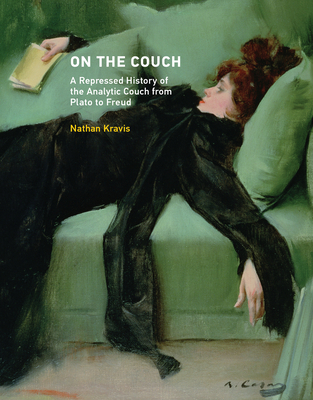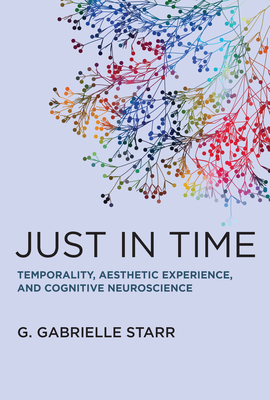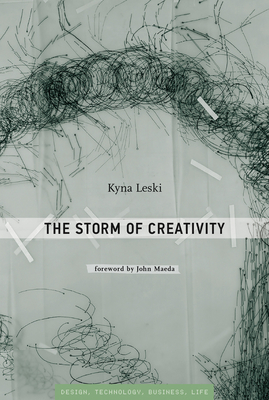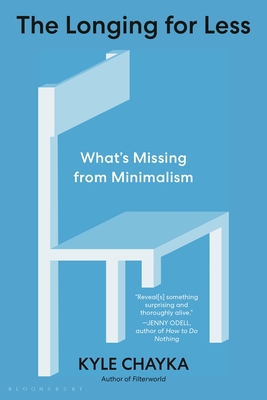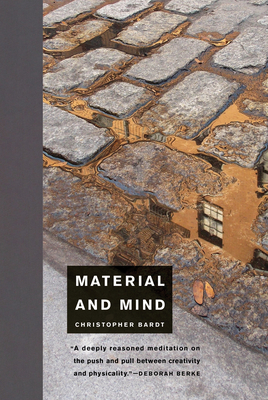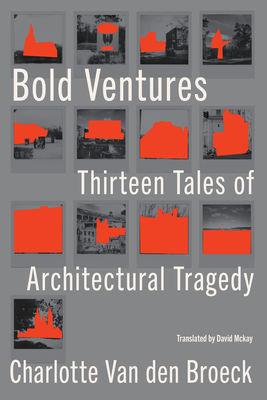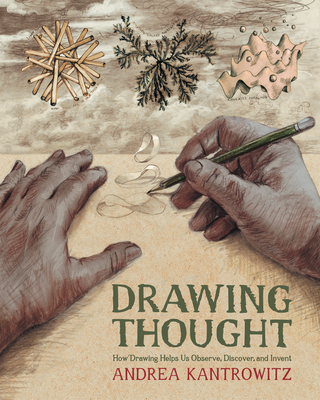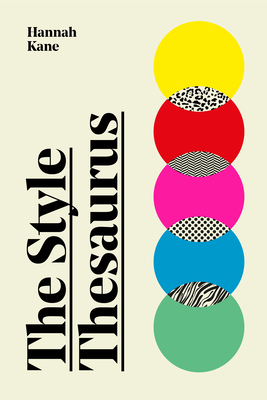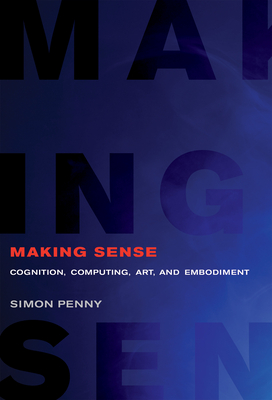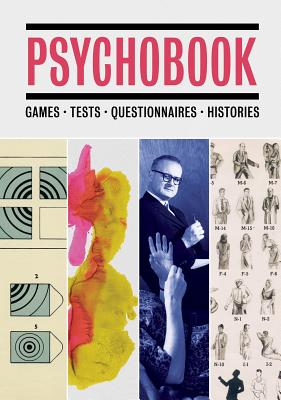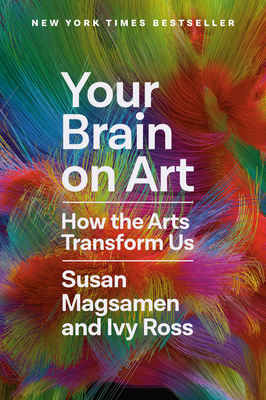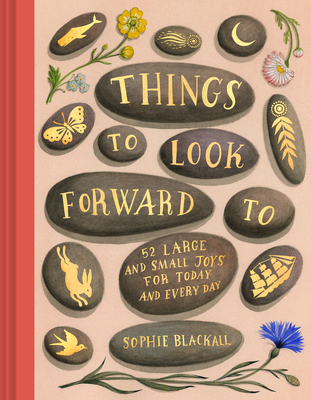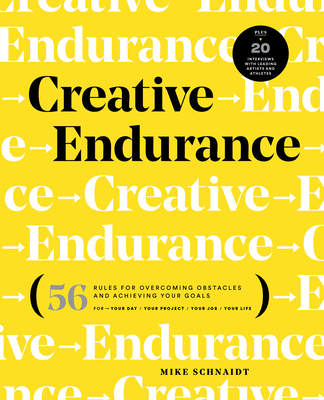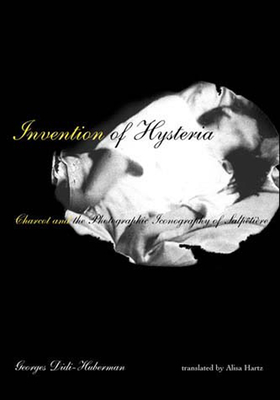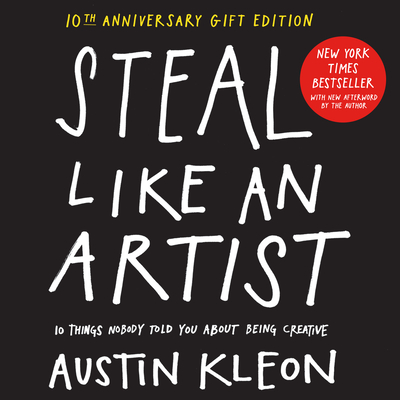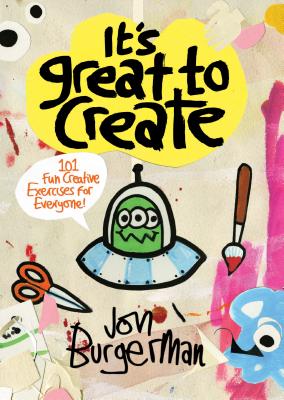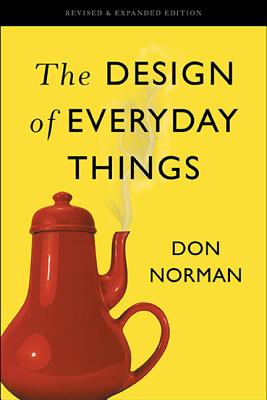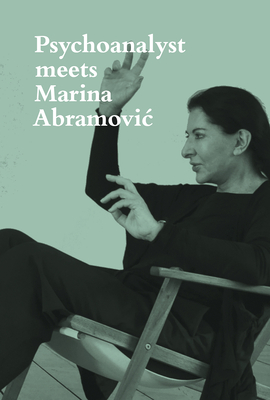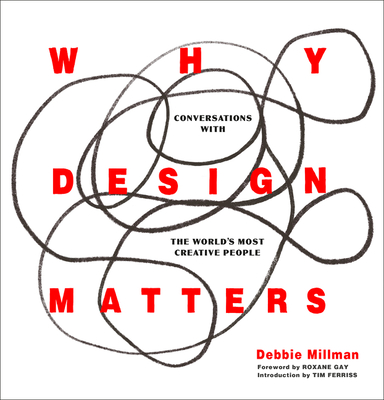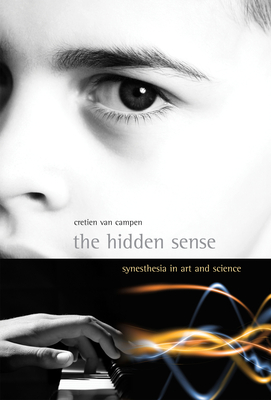
The Hidden Sense: Synesthesia in Art and Science (Leonardo)
Description
The uncommon sensory perceptions of synesthesia explored through accounts of synesthetes' experiences, the latest scientific research, and suggestions of synesthesia in visual art, music, and literature.
What is does it mean to hear music in colors, to taste voices, to see each letter of the alphabet as a different color? These uncommon sensory experiences are examples of synesthesia, when two or more senses cooperate in perception. Once dismissed as imagination or delusion, metaphor or drug-induced hallucination, the experience of synesthesia has now been documented by scans of synesthetes' brains that show "crosstalk" between areas of the brain that do not normally communicate. In The Hidden Sense, Cretien van Campen explores synesthesia from both artistic and scientific perspectives, looking at accounts of individual experiences, examples of synesthesia in visual art, music, and literature, and recent neurological research.
Van Campen reports that some studies define synesthesia as a brain impairment, a short circuit between two different areas. But synesthetes cannot imagine perceiving in any other way; many claim that synesthesia helps them in daily life. Van Campen investigates just what the function of synesthesia might be and what it might tell us about our own sensory perceptions. He examines the experiences of individual synesthetes—from Patrick, who sees music as images and finds the most beautiful ones spring from the music of Prince, to the schoolgirl Sylvia, who is surprised to learn that not everyone sees the alphabet in colors as she does. And he finds suggestions of synesthesia in the work of Scriabin, Van Gogh, Kandinsky, Nabokov, Poe, and Baudelaire. What is synesthesia? It is not, van Campen concludes, an audiovisual performance, a literary technique, an artistic trend, or a metaphor. It is, perhaps, our hidden sense—a way to think visually; a key to our own sensitivity.
Praise for The Hidden Sense: Synesthesia in Art and Science (Leonardo)
This slim volume provides a good introduction to the fascinating phenomenon of synesthesia in art and science.... A welcome addition to the growing literature on the subject.—Simon Shaw-Miller, The Art Book—
Strongly relying on the latest scientific experiments (brains scans) as well as on a lifelong personal research on and with synesthetes (persons being able of synesthetic perception), the author manages to offer a discussion of synesthesia that is of interest for the specialists as well as for the broader public.... The author's way of arguing finds always a good balance between direct experience (the testimonies of the many synesthetes with whom he has been working for many years now) and the scientific results of cognitive and neuroscientific research (of which he is able of giving very clear and readable reports and syntheses).
—Jan Baetens, Professor of Literary Studies at the Leuven University, Belgium, Leonardo Reviews—

